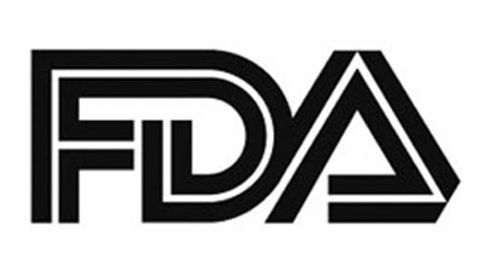FDA Approves Osimertinib as Adjuvant Therapy for EGFR+ NSCLC
The FDA has approved osimertinib as an adjuvant therapy for patients with non–small cell lung cancer whose tumors have EGFR exon 19 deletions or exon 21 L858R mutations, as detected by an FDA-approved test, for use following tumor resection.

The FDA has approved osimertinib (Tagrisso) as an adjuvant therapy for patients with non–small cell lung cancer (NSCLC) whose tumors have EGFR exon 19 deletions or exon 21 L858R mutations, as detected by an FDA-approved test, for use following tumor resection.1
Approval for the adjuvant indication is based on findings from the phase 3 ADAURA trial (NCT02511106), which demonstrated a significant improvement in the risk of disease recurrence or death with osimertinib compared with placebo.
The randomized, double-blind, placebo-controlled study enrolled patients with completed resected stage IB to IIIA EGFR-mutant NSCLC. In the study, EGFR mutations were detected with the cobas EGFR Mutation Test. A total of 682 patients were randomized to either osimertinib or placebo. In the investigational arm, osimertinib was administered at 80 mg once daily for 3 years.2
The primary end point for the study was disease-free survival (DFS) in patients with stage II to IIIA disease by investigator assessment, and secondary end points included DFS in the overall population, overall survival (OS), and safety.
Patients in the osimertinib arm had a median age of 64 years compared with 62 years in the placebo arm. Thirty-two percent of patients had stage IB disease, 34% had stage II, and 34% had stage IIIA disease. A majority of patients (64%) had World Health Organization performance status of 0. Sixty percent of patients had received adjuvant chemotherapy.
In patients with stage II to IIIA disease, the DFS rate at 2 years was 90% (95% CI, 84%-93%) with osimertinib compared with 44% (95% CI, 37%-51%) with placebo (HR, 0.17; 99.06% CI, 0.11-0.26; P <.001). The median DFS in this group was not reached in the osimertinib arm versus 19.6 months in the placebo arm.
Among the overall population, the 2-year DFS rates were 89% (95% CI, 85%-92%) and 52% (95% CI, 46%-58%) in the osimertinib and placebo arms, respectively (HR, 0.20; 99.12% CI, 0.14-0.30; P <.001). The median DFS was not reached with osimertinib versus 27.5 months with placebo.
DFS benefit favored osimertinib across all predefined subgroups.
The median central nervous system (CNS) DFS by investigator assessment was not reached with osimertinib versus 48.2 months with placebo (HR, 0.18; 95% CI, 0.10-0.33). At 24 months, the CNS DFS was 98% with osimertinib versus 85% with placebo.
Overall survival data are still immature.
The most common any grade adverse events with osimertinib were lymphopenia, leukopenia, thrombocytopenia, diarrhea, anemia, rash, musculoskeletal pain, nail toxicity, neutropenia, dry skin, stomatitis, fatigue, and cough.
The review for osimertinib in this indication was completed through the FDA’s Project Orbis program and using the Real-Time Oncology Review program.
Osimertinib is also FDA approved for the treatment of patients with locally advanced EGFR-mutant NSCLC as well as for patients with locally advanced or metastatic EGFR T790M mutation–positive NSCLC.








